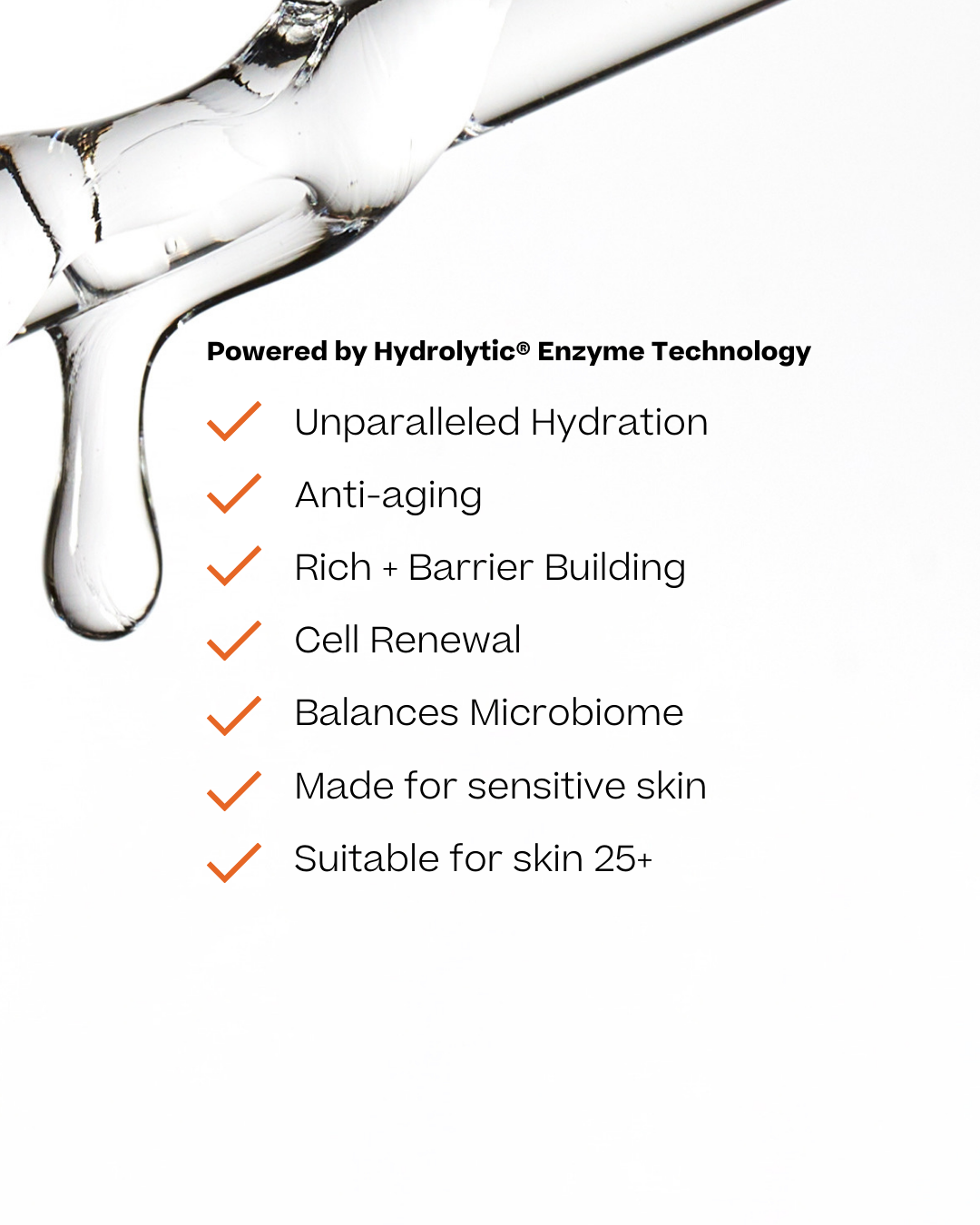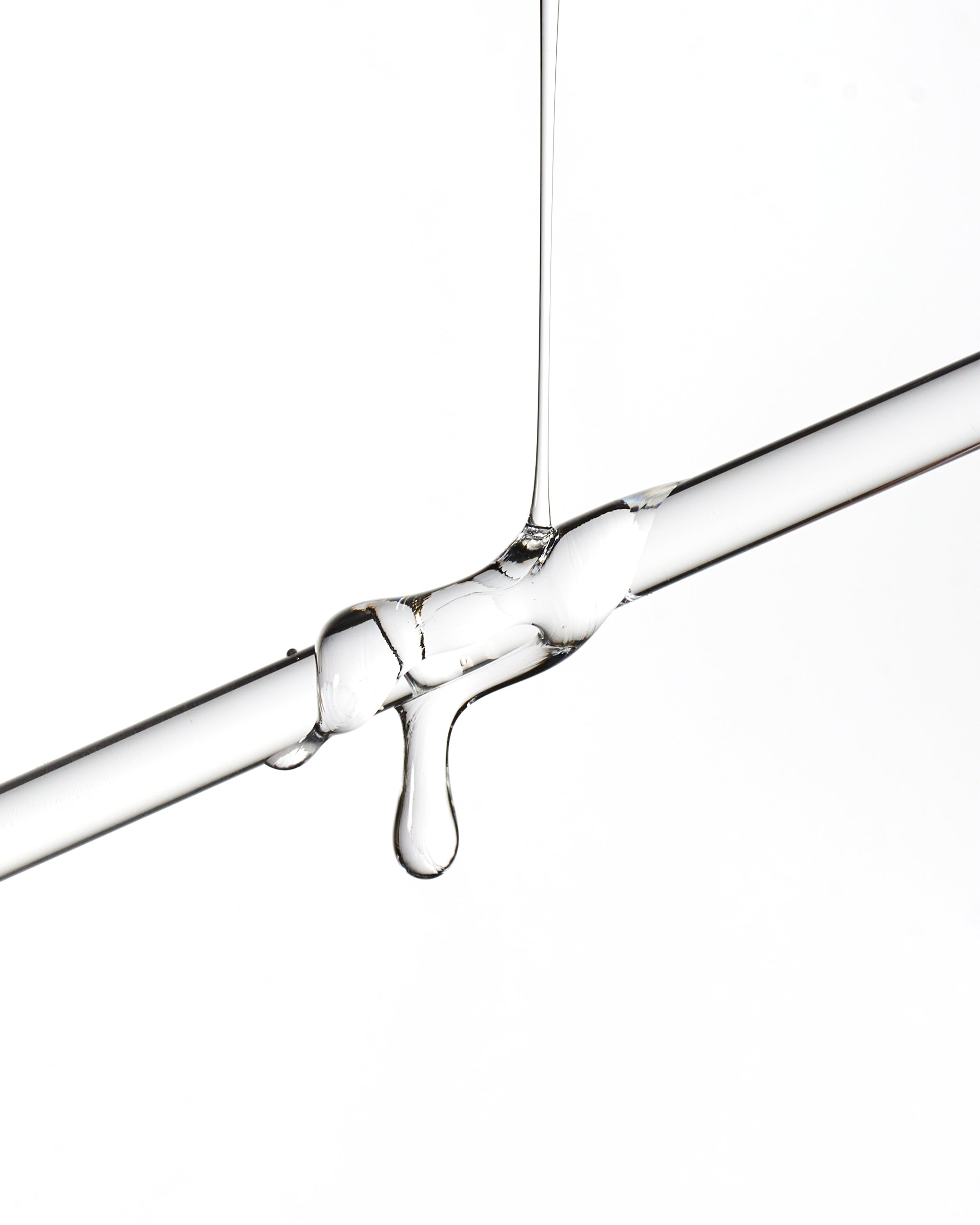How Does Contact with Nature Impact Your Skin Health?
Shop Skincare


Hydrolytic® Serum 30ml
Anti-Aging + Deep Hydration
£97.00


Hydrolytic® Moisturizer 30ml
24-hr Hydration + Rebalance
£45.00


The Hydrolytic® Duo
Hydrolytic® Serum + Moisturizer
£142.00 £129.00
Science
The Science Behind fjör



Quiz
Take the Skin Quiz
Shop
Science
Science
Community
Community
Quiz
Quiz
Cart (0)
Your cart is empty
Continue ShoppingDec 12, 2024
How Does Contact with Nature Impact Your Skin Health?
Modern life often pulls us away from nature, confining us to manmade environments of concrete. Yet, our connection with nature may be more vital than we think—especially when it comes to skin health.
High microbiome diversity, the variety of beneficial bacteria and microorganisms living on our skin, is now recognized as the leading scientific indicator of healthy skin.
Emerging research suggests that contact with nature could play a powerful role in microbiome diversity, helping to boost and protect against common skin issues. But how strong is the connection, and how can we bring nature back into our lives for healthier skin?

Contents of this article
Key takeaways from this article
- Living in natural environments gives your skin a daily dose of healthy bacteria, leading to higher microbiome diversity and healthier skin.
- Urban living disrupts the skin microbiome, increasing the risk of skin conditions.
- Increased nature exposure among urban dwellers leads to higher skin microbiome diversity and reduced inflammation markers.
- Urban dwellers can gain nature exposure in various ways, including spending time in green spaces, gardening, or incorporating indoor plants into their living spaces.
Where in the world do people have the healthiest skin?
Deep in the Amazon rainforest, the Yanomami people, an indigenous hunter-gatherer group, live immersed in nature.
Research reveals that their skin microbiome diversity is the highest ever recorded, and strictly, they show no signs of modern skin issues like acne or eczema.
The stark difference between the Yanomami and modern urban dwellers sheds light on how profoundly our environments shape the health of our skin. While the Yanomami flourish in harmony with their natural surroundings, the urban experience tells a much different story.
Urban living and the rise of skin problems
Life in the city comes with conveniences, but it also has drawbacks. One of these is the growing prevalence of eczema, a condition linked to imbalances in the skin microbiome.
A systematic review of eczema studies reveals that urban dwellers are significantly more likely to experience this condition than those in rural areas, where exposure to natural sources of bacteria is higher.
The research highlights that urban environments, with their reduced access to diverse microbial ecosystems, can disrupt the skin microbiome, potentially setting the stage for conditions like eczema.
But does this mean city life is hopeless? Not at all. Studies suggest that even urbanites can benefit from reconnecting with nature to improve their skin microbiome and overall skin health. Let’s explore how.
Finding hope in urban green spaces
The good news is that even short-term exposure to green spaces in cities can make a difference.
A groundbreaking study across Australia, the UK, and India found that simply spending time in urban green spaces—parks, gardens, and forests—significantly increased skin microbiome diversity.
This microbial boost comes from exposure to beneficial bacteria present in nature, which colonize the skin and help restore balance. A stroll through a park or a weekend hike in the woods can be enough to benefit your skin.
A stroll through a park or a weekend hike can benefit your skin, but what if access to green spaces isn’t always possible? Fortunately, there are creative ways to bring nature into your everyday environment.
Bringing nature indoors
For those who lack easy access to green spaces, nature can come to you. A study in Finland demonstrated that installing air-circulating green walls in urban office spaces significantly increased the diversity of skin microbiomes in employees.
Not only did participants' skin host more beneficial bacteria, but their immune responses also improved, with reductions in proinflammatory markers like IL-17A.
This finding suggests that even small, manageable changes—like adding green walls to workplaces or homes—can make a difference. But what if you want to take an even more hands-on approach?
Get hands-on with nature
For city dwellers, reconnecting with nature can be as simple as gardening. This activity directly engages you with nature’s microbes.
A study found that participants using microbially rich soil to grow produce experienced increased skin microbiome diversity and higher levels of anti-inflammatory markers like IL-10 in their blood. Tending plants offers a direct way to interact with beneficial microbes.
Another study showed that handling materials like moss, compost, and soil immediately increased skin microbial diversity, including beneficial bacteria like Proteobacteria and Actinobacteria, which support skin health.
Gardening is accessible to anyone—whether on a balcony, in a yard, or with a few pots—offering a practical way to improve both skin microbiome diversity and overall health.
fjör’s recommendation: 5 hours of nature per week
This growing body of research highlights the powerful link between spending time in nature and improving skin health, particularly through introducing diversity to the skin microbiome.
At fjör, we’ve refined these findings into one of our five key lifestyle recommendations: spend five hours a week in natural spaces.
Whether it’s a walk in a local park, a weekend hike, or even tending to a garden, regular exposure to nature’s biodiversity helps reintroduce beneficial microbes to your skin, fostering a healthier microbiome.
The health effects can be profound—improved skin microbiome diversity, reduced inflammation, and a calmer immune response can all contribute to healthier, less sensitive skin. It has also been linked to a wide array of non-skin related health benefits.
Want to learn more about fjör’s lifestyle recommendations, then download our Skin Microbiome Guide.

Hydrolytic® Serum 30ml
Anti-Aging + Deep Hydration
FAQs
What is fjör?
fjör is a microbiome skincare brand from Scandinavia, designed to boost skin health by enhancing microbiome diversity. Using innovative Hydrolytic® Enzyme technology, fjör supports sensitive skin with a minimalist approach, focusing on resilience, hydration, and balance for a naturally radiant complexion.
What are microorganisms?
Microorganisms are tiny living beings, including bacteria, fungi, and viruses, that make up the skin microbiome and contribute to its balance.
What is a microbe?
A microbe is a microscopic organism, such as bacteria, fungi, or viruses, that plays a vital role in protecting and supporting your skin's health.
How do microbes protect the skin?
Microbes create a natural barrier that defends against harmful bacteria, reduces inflammation, and maintains hydration.
Why do modern lifestyles affect the skin microbiome?
Pollution, harsh skincare products, over-cleansing, and stress can disrupt the natural balance of skin microbes, weakening the skin's defenses.
What does it mean when the skin microbiome is unbalanced?
An unbalanced microbiome occurs when harmful microbes outnumber beneficial ones, leading to skin issues like sensitivity, dryness, or breakouts.
How can I tell if my skin microbiome is unbalanced?
Signs include heightened sensitivity, redness, dryness, premature ageing or frequent issues like breakouts or irritation.
Can the skin microbiome regenerate if it becomes unbalanced?
Yes, the skin microbiome is dynamic and can recover when given the right conditions. Supporting it with gentle skincare, reducing environmental stressors, and following a microbiome-friendly lifestyle can help restore balance.
Authors

Written by William Smithwite
Co-founder of fjör & Skin Microbiome Expert

Reviewed by Natalie Enslöw
Founder & CEO of fjör
References
Wallen-Russell C, Pearlman N, Wallen-Russell S, Cretoiu D, Thompson DC, Voinea SC. A Catastrophic Biodiversity Loss in the Environment Is Being Replicated on the Skin Microbiome: Is This a Major Contributor to the Chronic Disease Epidemic? Microorganisms. 2023 Nov 16;11(11):2784. doi: 10.3390/microorganisms11112784. PMID: 38004795; PMCID: PMC10672968.
Selway CA, Mills JG, Weinstein P, Skelly C, Yadav S, Lowe A, Breed MF, Weyrich LS. Transfer of environmental microbes to the skin and respiratory tract of humans after urban green space exposure. Environ Int. 2020 Dec;145:106084. doi: 10.1016/j.envint.2020.106084. Epub 2020 Sep 22. PMID: 32977191.
Schram ME, et al. Is there a rural/urban gradient in the prevalence of eczema? A systematic review. British Journal of Dermatology. 2010;162(5):964-973.
Soininen L, Roslund MI, Nurminen N, et al. Indoor green wall affects health-associated commensal skin microbiota and enhances immune regulation: a randomized trial among urban office workers. Sci Rep. 2022;12:6518. doi: 10.1038/s41598-022-10432-4.
Saarenpää M, Roslund MI, Nurminen N, Puhakka R, Kummola L, Laitinen OH, Hyöty H, Sinkkonen A. Urban indoor gardening enhances immune regulation and diversifies skin microbiota — A placebo-controlled double-blinded intervention study. Environ Int. 2024;187:108705. doi: 10.1016/j.envint.2024.108705.
Grönroos M, Parajuli A, Laitinen OH, Roslund MI, Vari HK, Hyöty H, Puhakka R, Sinkkonen A. Short-term direct contact with soil and plant materials leads to an immediate increase in diversity of skin microbiota. Microbiologyopen. 2019 Mar;8(3):e00645. doi: 10.1002/mbo3.645. Epub 2018 May 29. PMID: 29808965; PMCID: PMC6436432.
White MP, Alcock I, Grellier J, et al. Spending at least 120 minutes a week in nature is associated with good health and wellbeing. Sci Rep. 2019;9:7730. doi: 10.1038/s41598-019-44097-3.
Contents of this article
- Where in the world do people have the healthiest skin?
- Urban living and the rise of skin problems
- Finding hope in urban green spaces
- Bringing nature indoors
- Get hands-on with nature
- fjör’s recommendation: 5 hours of nature per week
- Hydrolytic® Serum 30ml
- FAQs
Authors

Written by William Smithwite
Co-founder of fjör & Skin Microbiome Expert

Reviewed by Natalie Enslöw
Founder & CEO of fjör


